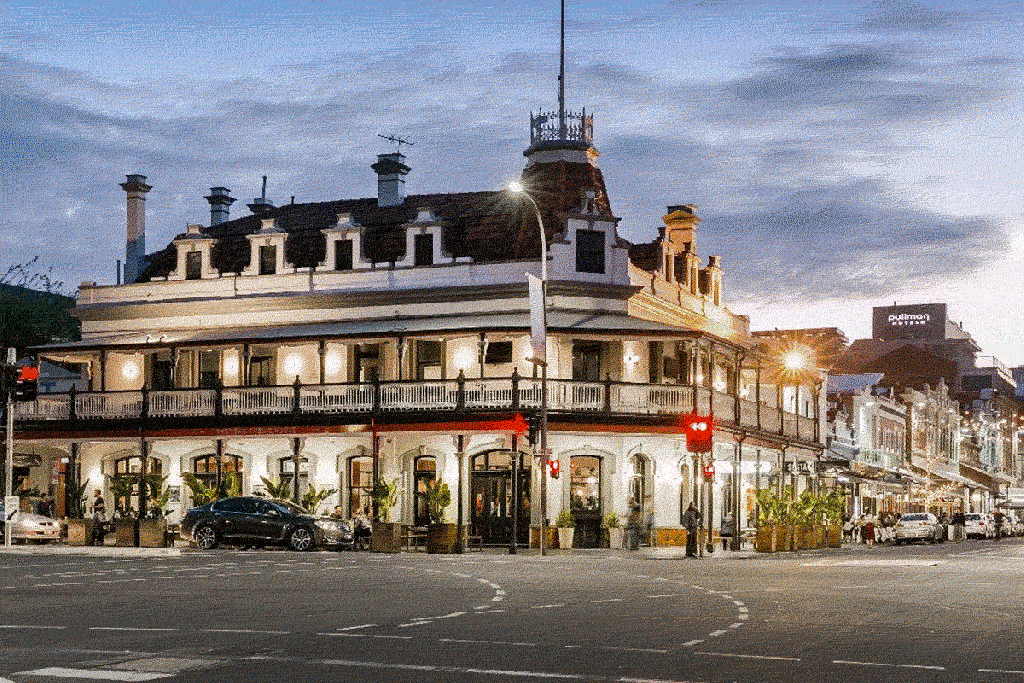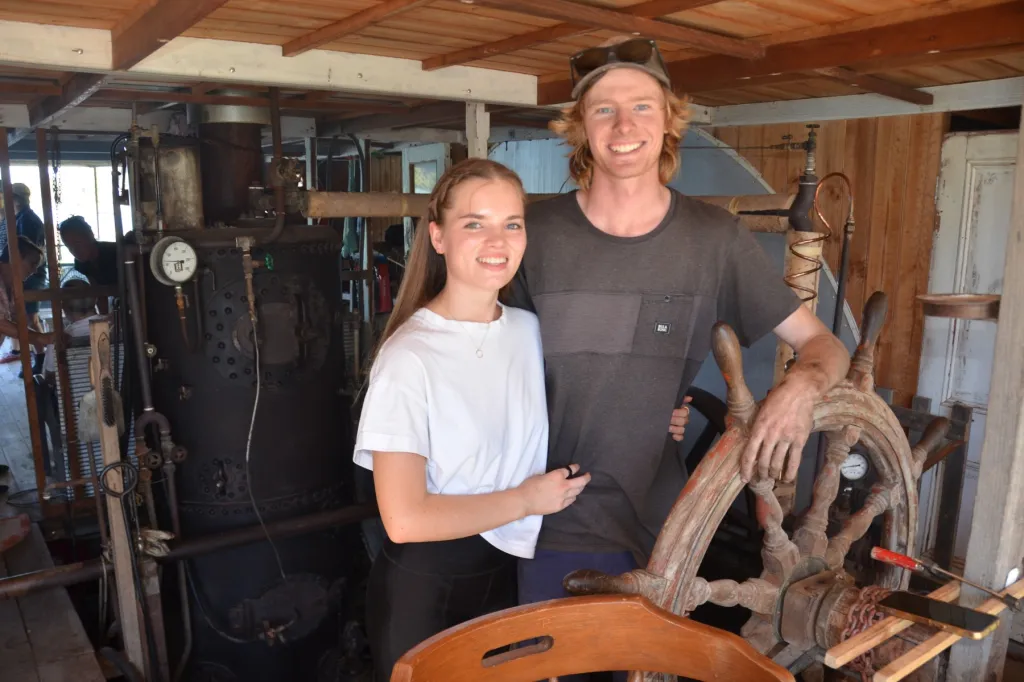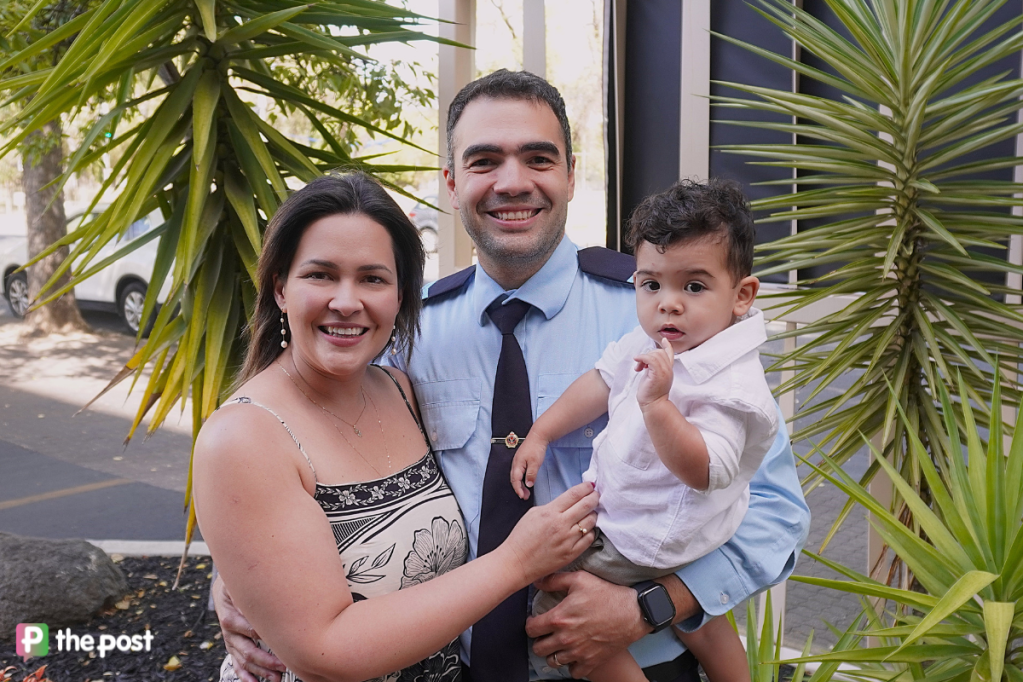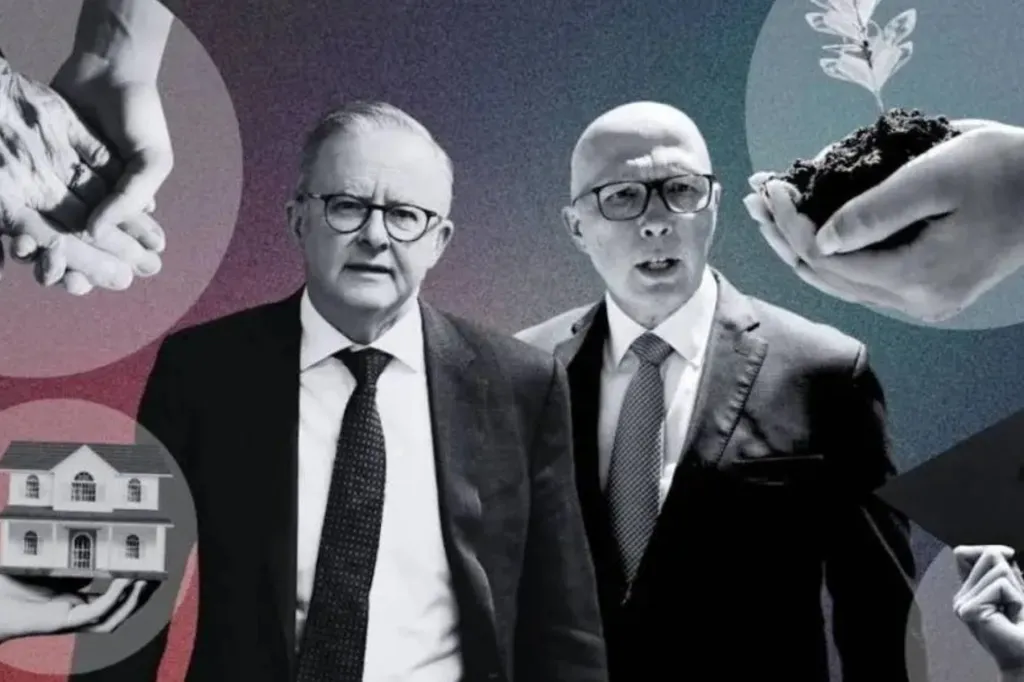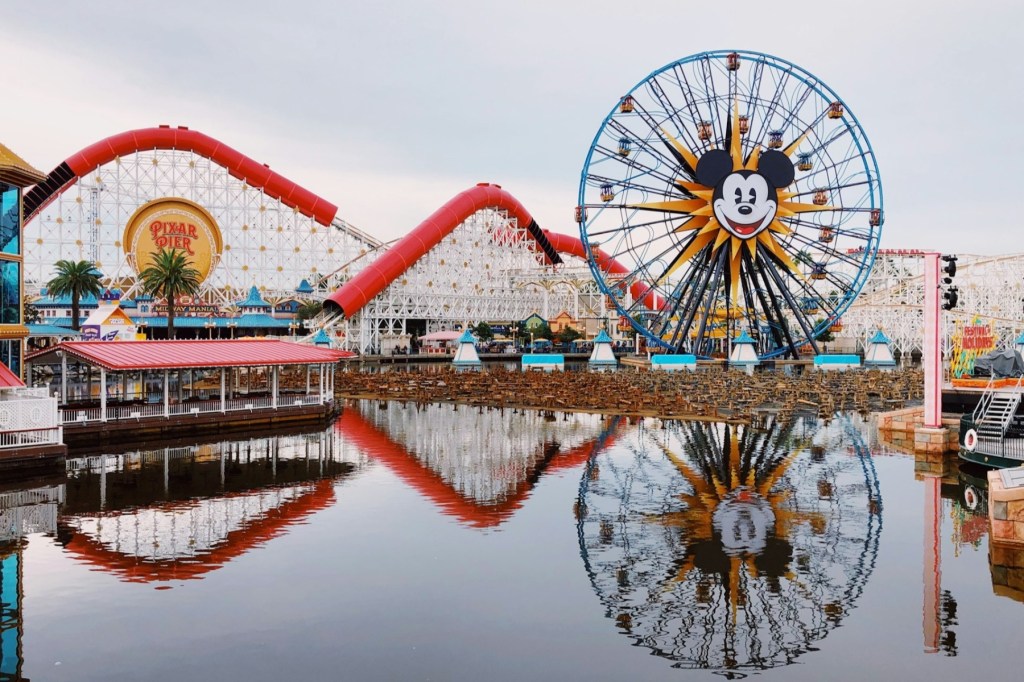Five questions that will dominate South Australian politics in 2025
With a state election due in just 14 months, South Australia’s political leaders face a year of risk and uncertainty.
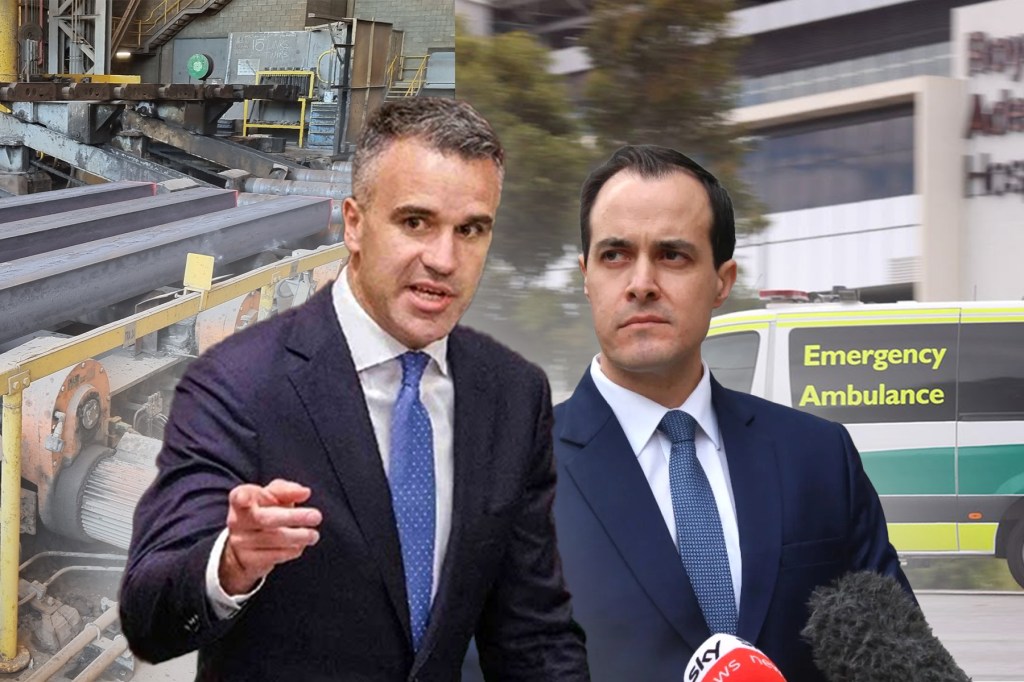
South Australia had its fair share of big political stories in 2024.
Two by-elections – one triggered by the extraordinary political demise of ex-Liberal Party leader David Speirs, who left parliament in October to face court on drug charges – an emerging industrial crisis in Whyalla, a stunning spray from the state’s anti-corruption watchdog and a guilty verdict for a sitting regional MP were more than enough to keep the political journalists busy last year.
The new year will bring its own political storylines – some old and some new. Here are five that will feature heavily in 2025.
Can Vincent Tarzia steady the ship?
It’s hard to imagine how 2024 could have gone any worse for the South Australian Liberal Party.
The Opposition started the year with 15 Lower House MPs led by David Speirs and deputy John Gardner; it ended with 13 MPs led by Vincent Tarzia and Josh Teague.

Liberal Party leader Vincent Tarzia and deputy Josh Teague. Photo: Thomas Kelsall/InDaily
The first half of 2024 saw persistent rumours about Speirs’ leadership appear in the media, particularly after the party’s brutal loss in the by-election for ex-Liberal Premier Steven Marshall’s seat of Dunstan.
Speirs eventually pulled the pin as leader in August but didn’t go quietly, saying he “had a gutful” of leaks, criticising “bad apples” within his party and suggesting the SA branch might need a federal Liberal takeover.
Speirs’ criticisms ended after The Advertiser published photos purportedly showing him snorting white powder off a plate. He resigned in October after revelations he had been arrested for alleged drug offences.
The Liberals then suffered another catastrophic by-election loss for Speirs’ seat of Black. This came shortly after the party’s internal divisions were put on full display in parliament during a push from the party’s Right faction to change the state’s abortion laws.
To cap off the year, deputy leader Gardner resigned from his post in December and revealed he wouldn’t be contesting the next election, citing family reasons.
This year hasn’t gotten off to the most promising start either after the party’s deputy leader in the Upper House, Jing Lee, announced she was leaving the party to sit as an independent, amid a strong threat to her preselection from the party’s conservative wing.
Tarzia often talks about “clean air”, or, more specifically, how little of it he’s had since taking the job in August 2024. Being Liberal Party leader last year was more akin to being a firefighter constantly moving from crisis to crisis with a bucket of unconvincing spin to extinguish the flames.
The still fledgling Opposition leader will, barring something extraordinary, lead the party to the next state election, but he desperately needs an end to internal divisions so he can develop and market a policy agenda to excite voters in 2026.
You might like
The Liberals are quick to point out they’ve already released more than 30 policies, but a GP payroll tax rollback or a radiology clinic in Mount Gambier aren’t items that can form the centrepiece of an election campaign. Look for this in 2025.
Speirs, meanwhile, won’t be leaving the news cycle this year either. He has vowed to “fight to clear my name of any allegations” and is next due in court on March 4.
Will there be a solution in Whyalla?
Premier Peter Malinauskas was asked this week what issues are keeping him up at night. He didn’t hesitate in saying the Whyalla Steelworks.
“We have done an awful lot of work… that’s not necessarily public making sure the government is ready to respond in the event that things didn’t go well there,” the Premier told ABC Radio Adelaide.
“I suspect this will be something we talk about a fair bit over the course of this year because it matters.”
The steelworks, owned by British industrialist Sanjeev Gupta’s GFG Alliance, had a torrid 2024, suffering two blast furnace shutdowns that cost the company millions. Reports about job cuts, unpaid contractors, unpaid government royalties, suspended rail freight services and problems with Gupta’s global empire have been regular and garnered national attention.

Premier Peter Malinauskas signing agreements with Santos CEO Kevin Gallagher and GFG Alliance chief investment officer Sandip Biswas at the Whyalla Steelworks in February 2024. Photo: Thomas Kelsall/InDaily
The advent of a Holden-closure level industrial crisis is the last thing Labor needs before an election. The government has stressed that it’s preparing for every scenario, including the possibility the steelworks fall into administration.
The health of the steelworks is also closely linked with Labor’s often-spoke-about-but-poorly-understood State Property Project.
In a perfect world, the plan will see hydrogen supplied to the steelworks so GFG can decarbonise its fossil-fuel-intensive steelmaking processes (the plant is the state’s biggest carbon polluter).
Central to the plan is a government-backed hydrogen power plant in Whyalla.
Labor budgeted the hydrogen project in 2021 at $593 million, but few people believe that budget won’t blowout. The government remains in negotiations with the hydrogen plant’s builders.
“You put these costings in, we did that in 2021, obviously a lot has happened since then and reasonable people appreciate that,” Malinauskas said, adding that “every infrastructure project around the world has seen escalation”.
“That doesn’t deter the fact that we believe there is a project worth of pursuit here.”
Malinauskas said to expect further details in the first half 2025.
What will happen in Mount Gambier?
The South East will be firmly in the political spotlight this year.
That’s because independent Mount Gambier MP Troy Bell’s parliamentary future is – to put it generously – uncertain.
A District Court jury found Bell guilty last year of stealing more than $436,000 from an educational not-for-profit between 2009 and 2013. The verdict could see him sentenced to years in jail.
Bell is appealing the verdict, and his lawyer has reportedly urged the District Court to delay sentencing until the appeal is heard.

Mount Gambier MP Troy Bell outside court. Photo: Abe Maddison/AAP
So far, parliament has not booted Bell from his seat, with Labor citing the potential for a successful appeal. But the courts could soon force the government’s hand.
Bell’s dismissal would trigger a by-election in Mount Gambier and create a very attractive preselection opening in the Liberal Party.
Stay informed, daily
All eyes would then turn to the party’s rising star in the South East, Ben Hood.
The Right faction heavyweight holds the (relatively) high-profile shadow transport and infrastructure portfolio and spearheaded last year’s conservative push to change abortion laws.
InDaily reported last year that Hood is the frontrunner for Liberal preselection if he chooses to run. He’d also be likely to win Mount Gambier outright in a by-election.
Whether Hood is 100 per cent sold on a move from the Upper to the Lower House is another question – the South East MP has not commented publicly on his intentions. But he might not get another shot at the seat if this opportunity passes him by.

Liberal Party MLC Ben Hood (right) with Opposition leader Vincent Tarzia and Liberal Party Upper House leader Nicola Centofanti campaigning in Mount Gambier. Photo: Ben Hood MLC/Facebook
It would be a welcome development for the Liberal Party, which has only held Mount Gambier for three of the last 23 years – ironically when Bell was a Liberal Party member from 2014 to 2017. The seat has otherwise been held by ex-Liberal independents Rory McEwen, Don Pegler and now Bell.
The Liberal Party also has its eyes on the South East’s other seat, MacKillop, held by maverick independent MP Nick McBride.
McBride left the Liberal Party in July 2023, citing “dark forces” within the party, and will stand for the first time as an independent in 2026. Liberal insiders are, however, far less bullish about knocking off McBride than they are on winning back Mount Gambier.
Who will the parties preselect in key seats?
Even if a Mount Gambier by-election doesn’t materialise, the major parties will be busy with a slew of preselections for key seats in the first half of the year.
The Liberal Party has the most work to do, needing to choose candidates for all the seats it lost at the last state election.
This includes traditional Liberal strongholds like Waite, once held by Martin Hamilton-Smith, and Davenport, which was held by the Liberal Party from 1985 to 2022.
Other target seats include the coastal electoral of Gibson that was lost by Liberal Transport Minister Corey Wingard in 2022 and the marginal seat of Newland in the northeast.
Some familiar faces could pop up during the preselection process. Liberal policy director Dr Anna Finizio has been linked with a second run for Dunstan after falling short in last year’s by-election. Former Liberal member for King Paula Luethen is also considered a chance to try and win back her old seat.

The electoral pendulum for the 2026 state election. Image: EDBC
The Liberal Party’s State Council, controlled by the party’s Right faction, will also need to choose a replacement for Jing Lee in the Upper House.
Labor’s preselection task is much easier given its number of incumbent MPs, although there will be interest over whether Light MP Tony Piccolo shifts from his northern suburbs seat to contest Liberal MP Penny Pratt in Ngadjuri (formerly Frome).
Pratt’s margin against Labor was cut to just 3.3 per cent by a boundary redraw last year, and Piccolo’s shift would open an attractive preselection vacancy for the party in Light.
Labor also has to work through a conundrum in the Upper House where it has three Right faction MLCs – Clare Scriven, Justin Hanson and Emily Bourke – up for re-election compared to just one from the Left (Mira El Dannawi).
The party prefers to have an even two-two split between the factions, meaning one unlucky MP could be relegated to fifth spot on the ticket, endangering their chance of re-election.
Will ramping improve?
Labor’s central promise at the last state election to “fix the ramping crisis” is yet to be fulfilled.
The number of hours ambulances spent ramped outside Adelaide hospitals skyrocketed to a record 5539 hours in July 2024. The number when the Malinauskas Government took office was 2711.
Ramping declined to 2983 hours towards the end of 2024 before experiencing a slight uptick near the end of the year.

A graph of hours lost to ambulance ramping since 2017. The Malinauskas Government took office in March 2022. Image: SA Health
The government has stressed that ambulance response times have improved while it’s been in office and has expressed some “reasoned hope” that ramping will continue to decline in 2025 as more hospital beds come online.
“People when they are calling triple zero and needing care in the most acute moment of their life, they’re being looked after when they need to be looked after,” Premier Peter Malinauskas said this week.
“That’s an improvement as a result of the decisions that we have made and I think there is a degree of consciousness of that within the electorate, they’re seeing that improvement.”
Whether the improvement will be enough in the eyes of voters by the end of the year is another question.
